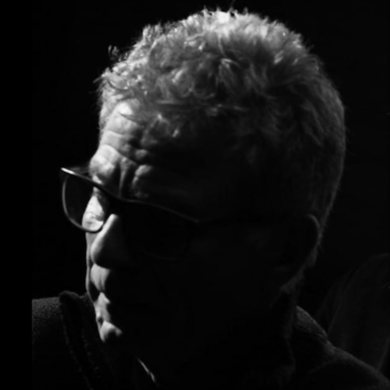In YP1901_01_3_2, part of the Picasso Pizazz collection, Nick Fudge digitally recreates Pablo Picasso's self-portrait Yo, Picasso, painted in 1901 at the age of 20. Using vector graphics, Fudge meticulously traces each of Picasso's thick, impasto brushstrokes into a series of vector shapes that reveal the Spanish painter's application method. He deliberately leaves areas of the background incomplete and extends the dimensions of the (digital) canvas to add a simulated transparent layer, echoing Picasso's practice of leaving works incomplete to draw attention to the artistic process itself. YP1901_01_3_2 was constructed in one medium (digital software) to give the appearance of another medium (oil paint on canvas). With the digital material simulating the materiality of the oil paint used to create a mimetic self-portrait, Fudge creates a hyperreal image of an image.
In Picasso Pizazz collection, the contexts of modernism and postmodernism are introduced through the genre of portraiture, weaving them into our current metamodern discourse on the art of the past in relation to a seemingly technologically determined future. This approach serves to recontextualize the impact of machines on modernist art and values. The collection focuses on two of the most influential artists of the twentieth century, Picasso and Duchamp, who had markedly different responses to the machine. The collection not only revisits the motifs and stylistic innovations of its subjects but also integrates modern digital techniques to reimagine their legacies in the context of today's technological advancements. Dive deeper into Picasso Pizazz and Nick Fudge's artistic practice with our exclusive interview.



